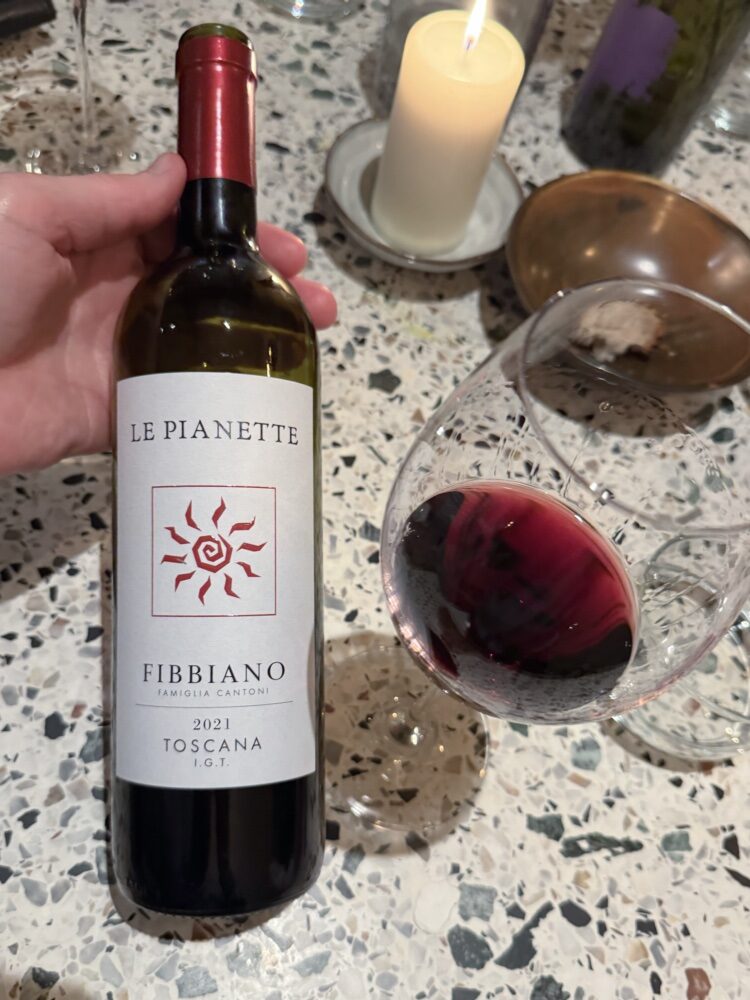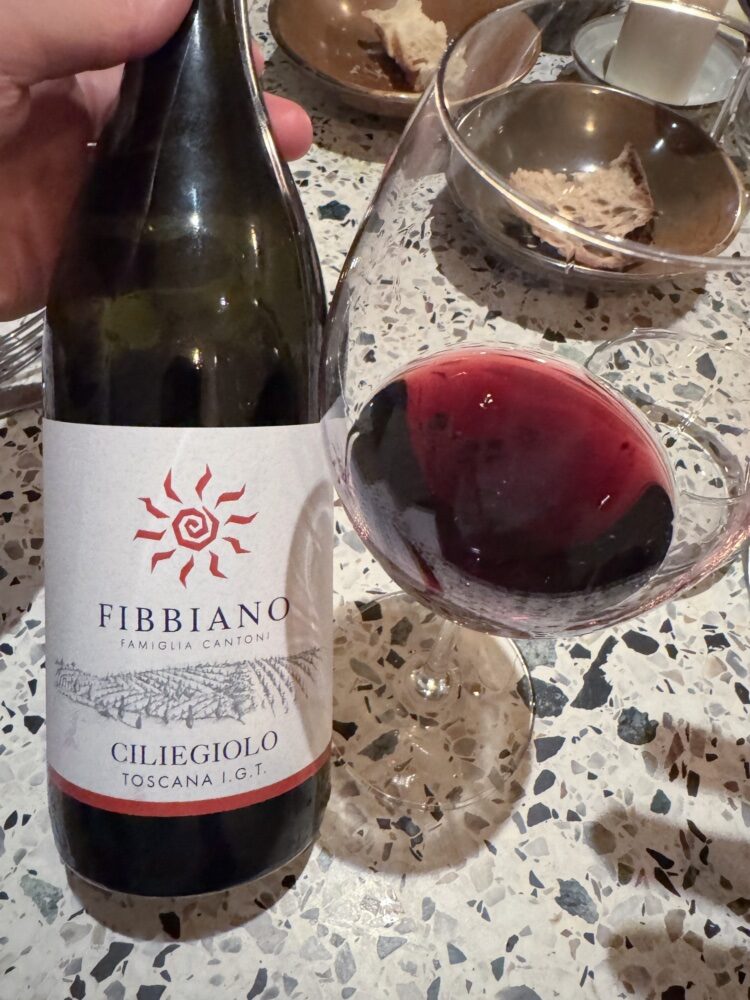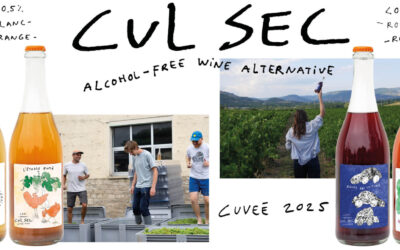While many Tuscan wineries chase international acclaim with Super Tuscan blends, Fattoria Fibbiano takes a refreshingly traditional approach, focusing exclusively on indigenous grape varieties that have thrived in the Pisa Hills for over a century. This family-run estate produces authentic, terroir-driven wines that tell the true story of their ancient land—though their commitment to authenticity sometimes comes at the expense of immediate commercial appeal.





A Family Legacy Built on Ancient Foundations
Nestled in the municipality of Terricciola within Tuscany’s picturesque Era Valley, Fattoria Fibbiano represents everything that makes Italian wine culture so compelling. The estate’s history stretches back to 1707, as evidenced by a carved stone on the foundation of the house, but its modern chapter began in 1997 when Giuseppe Cantoni purchased the farm. Today, his sons Matteo and Nicola continue the legacy—Matteo handling international marketing while Nicola serves as the estate’s winemaker and oenologist.
What sets Fibbiano apart from countless other Tuscan producers is its unwavering commitment to indigenous grape varieties. While the 1960s and 70s saw many Tuscan wineries embrace international varieties to create Super Tuscans, the Cantoni family chose a different path. They systematically selected and replanted native grape varieties, essentially restoring their vineyards to what they once were centuries ago.
The Cantoni family is from the south of Milan and has been farmers for generations, moving to this area to start a winery and rediscover their roots. Their decision to focus on indigenous varieties wasn’t driven by market trends but by a more profound philosophical commitment to preserving Tuscan viticultural heritage.
The Terroir: Ancient Seas Meet Modern Understanding
The estate’s soil, rich with fossil shells and medium-textured corals from the Pliocene epoch, speaks to its ancient origins when the area was a seabed. This unique terroir is nurtured using only organic, chemical-free substances, ensuring that the land remains as pure and untouched as possible. The 20-hectare vineyard benefits from an extraordinary terroir that perfectly demonstrates how geology influences wine character.
Perched on a hilltop with predominantly south-facing slopes, the estate strategically plants 2.5 hectares facing north to produce sweeter grapes during increasingly common dry periods. This thoughtful approach to vineyard management reflects a deep understanding of how climate change affects traditional viticulture.
The soil is a mixture of clay and limestone. Due to Fibbiano’s proximity to the Mediterranean and Ligurian seas, there are also seashells in the vineyard soils. The warm sea breezes during the day and cooler nights help the grapes retain acidity and develop flavor.
The estate’s commitment to authenticity extends to its viticultural practices. However, as noted in our tasting notes, the estate faces challenges in obtaining formal organic certification—not due to their entirely organic practices, but because of the complex bureaucratic requirements in the region that demand all neighboring properties to be certified before collective designation can be achieved.
The Indigenous Grape Renaissance
Fibbiano cultivates an impressive array of native varieties, including Sangiovese, Sangiovese Forte, Sangiovese Polveroso, Canaiolo, Ciliegiolo, and Colorino, along with white varieties like Vermentino and Colombana. Under the expert guidance of winemaker Nicola Cantoni, approximately 2.5 hectares of vines are over 100 years ol,d and another 14.5 hectares are up to 20 years old.
The Colombana Discovery
The Colombana deserves particular attention, as it may be the only grape variety currently made varietally by a single winery in the world: Fattoria Fibbiano. The story begins with an Irish missionary monk called Columban, whose followers traveled to the Valdera zone in the Province of Pisa, bringing vine cuttings they cultivated. This variety found its ideal habitat in the area and was known for its therapeutic properties.
Because the Cantonis are scientifically minded, they invited a University of Florence viticulturist to look at their vineyard and discovered this unique variety. The resulting 2019 Colombana was citrusy with hints of white peaches, good freshness, and a distinctive saltiness on the finish, thanks to the fossil-rich soils.
Ciliegiolo: The Cherry Grape
Based on our tasting notes and technical specifications, Ciliegiolo undergoes cold fermentation techniques, which allow for 100% varietal wines—a significant advancement over traditional methods. These wines exhibit bright cherry and strawberry notes with excellent acidity, serving perfectly at cellar temperature with meat and structured vegetables, or slightly chilled (12-15°C) alongside fish and tuna.
The Ciliegiolo exhibits a ruby red color with aromas of raspberries, cherries, and blackberries, a slight note of forest floor, and lively acidity. The tannins are soft and silky, making it versatile for food pairing.
The Wine Portfolio: Authentic Expression with Mixed Results
The Flagship Wines
Based on the detailed wine specifications provided:
Casalini Chianti Superiore DOCG (2021) Comprising 90% Sangiovese and 10% Ciliegiolo, this wine exhibits a ruby red color with intense aromas of cherry, raspberry, and blackberry. The tannins are smooth, while the body is whole and persistent on the palate. However, some critics argue that this wine, while historically authentic, lacks the concentration found in more acclaimed Chianti producers.
Le Pianette IGT Toscana (2020): Made from 70% Sangiovese and 30% Colorino grapes, this wine shows classic Sangiovese ruby color, baking spices on the nose, and cherry on the palate with smooth tannins. Our tasting notes describe it as “spicy” with “comfort wine” characteristics, though it may seem rustic compared to more polished international styles.
Sanforte IGT Toscana: Produced from 100% Sangiovese Forte, this represents their premium expression with extended aging, though production remains limited at 7,000 bottles annually.
Technical Challenges
While Fibbiano’s commitment to traditional winemaking methods is admirable, it sometimes results in inconsistency. The estate’s use of indigenous yeasts living on grape skins, combined with extended aging periods (typically 4 months in cement tanks, 12-30 months in Slavonian oak, and additional bottle aging), can create vintage variation that challenges consumers seeking consistency.
Beyond the Vines: Agritourismo Excellence
Fibbiano operates as more than just a winery—it spans 90 hectares, including vineyards, olive groves, and woodland. The estate comprises a 1,200 m² house with agritourismo facilities, including five apartments, a one-bedroom suite, and a wine-tasting room where ancient vats can still be admired.
Visitors consistently praise the estate’s hospitality, particularly guide Silvia’s knowledgeable tours and the intimate tasting room experience. The estate produces exceptional extra virgin olive oil alongside their wines, and guided tastings typically include traditional Tuscan accompaniments.
However, some visitors find the pricing somewhat steep for the region, and the estate’s location, while beautiful, remains slightly off the beaten tourist path compared to more famous Tuscan wine regions.
International Recognition and Distribution
Fibbiano exports 90% of its production worldwide, with the USA representing its most significant market, accounting for 45-50% of the total output. Their wines are sold in Europe, Asia, Canada, and North Africa. This international success demonstrates that authentic, terroir-driven wines can find appreciative audiences despite their traditional approach.
Critical Assessment: Authenticity vs. Accessibility
Despite their admirable philosophy, Fibbiano faces several challenges. Their production volumes remain relatively small, making international distribution difficult. Some wines, particularly their lighter reds, may not appeal to palates accustomed to more concentrated international styles.
The estate’s Vermentino, while technically competent with “light pale golden color” and “aromas reminiscent of lavender, lemon balm, and thyme,” lacks the compelling personality found in more dynamic examples from Sardinia or Liguria. Similarly, their Rosé, though “delicate with notes of raspberry fruit” and “smooth and dry with good acidity,” falls short of the complexity achieved by leading Provence or Loire producers.
Key Takeaway: Fattoria Fibbiano represents authentic Tuscan winemaking at its most traditional, offering wine lovers a genuine taste of indigenous varieties and ancient terroir. While not every wine achieves technical perfection, their commitment to preserving Italy’s viticultural heritage—exemplified by their unique Colombana and pre-phylloxera vineyard sites—makes them essential for serious wine enthusiasts seeking authentic expressions of place and tradition over commercial polish.






